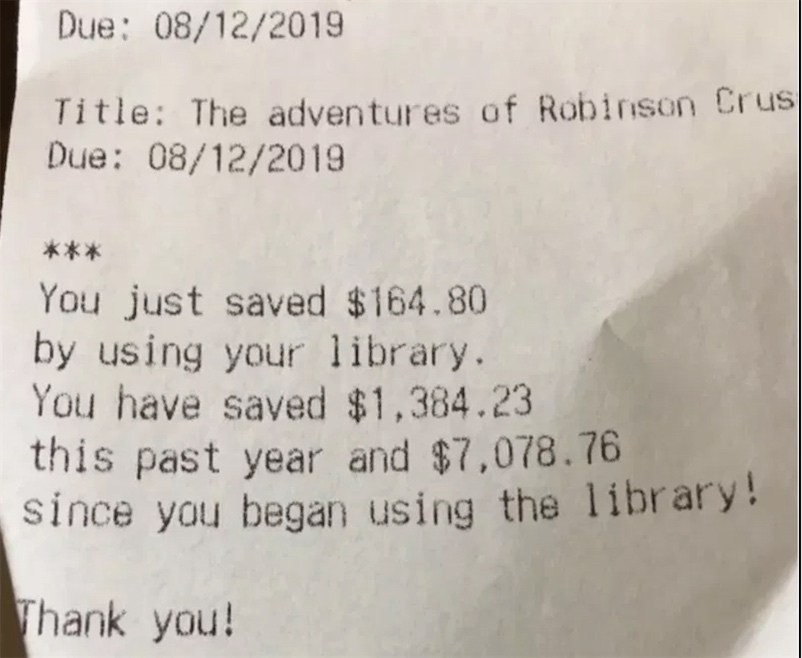Someone should really snap up the rights for a movie about The Critics, a collective of self-taught teenage filmmakers from northwestern Nigeria.
The boys’ dedication, ambition, and no-budget inventiveness calls to mind other filmmaking fanatics, from the sequestered, homeschooled brothers of The Wolfpack to the fictional Sweding specialists of Me and Earl and the Dying Girl and Be Kind, Rewind.
While smartphones and free editing apps have definitely made it easier for aspiring filmmakers to bring their fantasies to fruition, it’s worth noting that The Critics saved for a month to buy the green fabric for their chroma key effects.
Their productions are also plagued with the internet and power outages that are a frequent occurrence in their home base of Kaduna, slowing everything from the rendering process to the Youtube visual effects tutorials that have advanced their craft.
To date they’ve filmed 20 shorts on a smart phone with a smashed screen, mounted to a broken microphone stand that’s found new life as a homemade tripod.
Their simple set up will be coming in for an upgrade, however, now that Nollywood director Kemi Adetiba has brought their efforts to the attention of a much wider audience, who donated $5,800 in a fundraising campaign.
It’s easy to imagine the young male demographic flocking to a feature-length, big-budget expansion of Z: The Beginning. It’s possible even the art house crowd could be lured to a summer blockbuster whose setting is Nigeria, thirty years into the future, a novelty for those of us unversed in Nollywood’s prodigious output.
The post-apocalyptic short, above, took the crew 7 months to film and edit. The stars also inhabited a number of offscreen roles: stunt coordinator, gaffer, prop master, composer, continuity…
What’s next? Earlier this month, Africa News revealed that the boys are busy with a new film whose plot they aren’t at liberty to reveal. We’re guessing a sequel, to go by a not so subtle hint following Z’s final credits and a moving dedication to “the ones we’ve lost.”
“Horror, comedy, sci-fi, action, we do all,” The Critics’ proclaim on their Youtube channel, carefully categorizing their work as “films not skits.” (Their films’ length has thus far been dictated by the unpredictability of their wifi situation—Chase, below, is five minutes long and took two days to render.
“One of the targets we aim for in the years to come is to make the biggest film in Nigeria and probably beyond,” Godwin Josiah, Z’s 19-year-old writer-director told Channels Television, Lagos’ 24-hour news channel:
We want to do something crazy, we want to do something great, something that has not been done before, and from what has been going on now, we believe quite well that it is going to happen soon enough.
Watch The Critics’ films and making-ofs on their Youtube channel.
Support their work with a pledge to their recently launched Patreon.
via Kottke/Africa News
Related Content:
The Strange and Wonderful Movie Posters from Ghana: The Matrix, Alien & More
High School Kids Stage Alien: The Play and You Can Now Watch It Online
Director Robert Rodriguez Teaches The Basics of Filmmaking in Under 10 Minutes
Hear Kevin Smith’s Three Tips For Aspiring Filmmakers (NSFW)
Ayun Halliday is an author, illustrator, theater maker and Chief Primatologist of the East Village Inkyzine. Join her in NYC on Monday, September 9 for another season of her book-based variety show, Necromancers of the Public Domain. Follow her @AyunHalliday.




